Schools of architecture in Canada tend to focus heavily on architectural history in Europe. From Renaissance to Modernism, we learned about architectural styles and individuals that are geographically and racially homogenous, which is far from a fair representation of our diverse school community. The few times “African architecture” is mentioned are either within the context of European architecture or in reference to “primitive” architecture. Early scholar publications of African history were typically classified under the same description: “primitive”. However, this discriminatory method of study is based on a very problematic and false assumption that Africans did not produce monumental architecture throughout the continent’s history. Significant archaeological findings suggest quite the opposite.
February is Black History Month. I want to take this opportunity to educate myself in African architecture history and share what I learned with you. Focusing primarily on monumental structures, I want to study how the evolution of architectural elements on the continent has contributed to our collective world heritage.
Great Zimbabwe National Monument
Built between 1100 and 1450 AD, this monument, extending over 800 ha, was a testimony of the architectural ingenuity of the Bantu civilization of Shona. Granite rubble-stone blocks form distinct spaces, including residences, ritual posts, and passageways, laid in regular course. Archaeological evidence, such as glass bead and porcelain from China and Persia, and gold and Arab coins from Kilwa, suggests the site was a long-standing trading center.
Aside from cultural and historical value, the monument carries a prominent architectural value: a unique African construction method. Daga is a type of brick made from a mixture of granitic sand and clay. With a high standard of craftsmanship, the cut granite blocks were laid in regular courses, forming well-defined community spaces.
FUN FACT: The Shona word “Zimbabwe” means “the house in stone”.
Great Mosque of Djenné
Located in the city of Djenné, Mali (an important link in the trans-Saharan gold trade, and one of the centers of the propagation of Islam), the Great Mosque of Djenné is considered one of the greatest architectures in Sudano-Sahelian style. According to oral tradition, the mosque was built in the 13th century when Sultan Kunburu became a Muslim and turned his palace into a mosque. Situated on the flood plain of the Bani River, and subjected to constant erosion, it fell into ruins and was rebuilt in 1907.
The architecture gets its smooth, sculpted look from the exterior plaster that covers the walls, which are made of sun-baked earth bricks (ferey), and sand-and-earth-based mortar. Decorating the walls are Rodier palm sticks (toron) projecting from the façade, that function as readymade scaffolding for the annual repairs, in which the entire community of Djenné participates. Ceramic pipes from the roof also direct rainwater away from walls.
FUN FACT: As part of the Zamani Project, a 3D model of the Great Mosque of Djenné was produced using terrestrial laser-scanning to create a record for future generations. Check it out here!
Royal Hill of Ambohimanga
The Royal Hill of Ambohimanga witnessed the development of civilization in the “Haute Terres Centrales” in Madagascar between the 15th and 19th centuries. It is a testimony to the kingdom’s cultural and spiritual traditions, along with the cult of kings and ancestors. Consisting of a royal palace (lapa) and a burial site (fasana) for the sovereigns, the site is an ensemble of sacred places which remain a place of pilgrimage today.
Each of the three compounds built by successive rulers have distinct architectural styles, that saw a rapid expansion of European influence. A mix of traditional Malagasy and European style of architecture of the royal city demonstrates the diverse political phases in the history of the Kingdom of Madagascar. Respecting traditional beliefs, the homes of the living are made of wood and vegetation (living materials); while the tombs of the dead are built in stone (inert materials).
FUN FACT: the name “Ambohimanga”, in the Malagasy language, is composed of two parts: “amboshi” means “hill, and “manga” means “sacred”, “blue”, “beautiful” or “good”.
Royal Palaces of Abomey
Located in the Province du Zou in Benin, this architecture complex documents the royal history of 12 kings of the powerful Kingdom of Dahomey from 1625 to 1900. Covering an area of 47 ha, the site consists of 10 palaces, each built by a king, in a spatial organization according to their succession to the throne. Aside from being the decision-making center of the kingdom, they are also the center of craft techniques development and storage for treasures.
Enclosed by cob walls, the palaces obey the same organizational principles: each is built around three courtyards of increasing importance (outer, inner, and private). Traditional materials, including laterite, water, wood and straw, and traditional building techniques were used. Polychrome bas-reliefs are inlaid within the walls and are important architectural features of these monuments. They were made of earth from anthills mixed with palm oil and dyed with vegetable and mineral pigments.
FUN FACT: the official history of the Kingdom of Dahomey was recorded and followed through a series of polychrome bas-reliefs.
Monumentality of African Architecture
From Zimbabwe and Mali to Madagascar and Benin, rich and diverse African history is told within the walls of these ingenious monumental architectures. Taking advantage of local materialities, such as granite, earth, vegetation, and clay, their architectures are representative of their distinct cultural traditions and religious beliefs. They are valuable resources for studying the evolution of dwellings, industrial and craft techniques, as well as political shifts and conflicts, throughout African history.
We should value African architecture history as much as we value European architecture history in our curriculum because it has contributed to shaping who we are and the world we live in today. Studying architectural styles and techniques outside the European cannon can give us unique and intriguing insights into spatial design, materiality, craftsmanship, and even human history overall.
Beauty knows no boundaries. So why should we set them?
Further Readings (A Brief Introduction to African Architecture History)
- Architecture: Africa | Encyclopedia.com
- African Architecture | Britannica
- African Architecture | Highbrow
- African Architecture and Design | Dezeen Magazine
- UNESCO World Heritage List


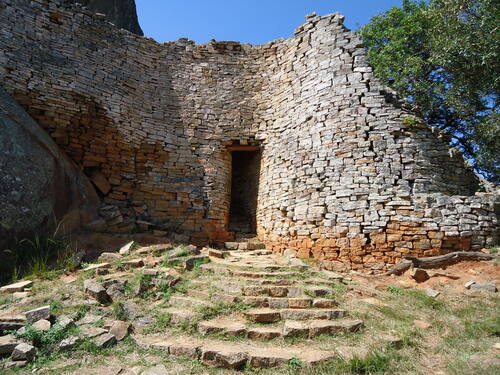
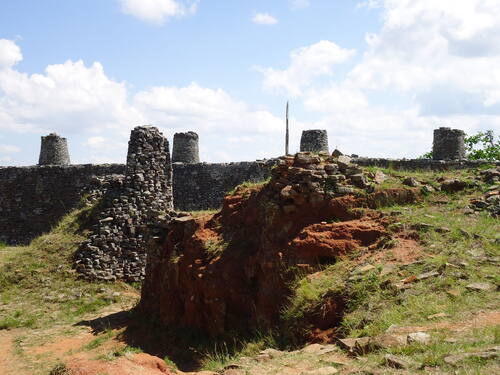

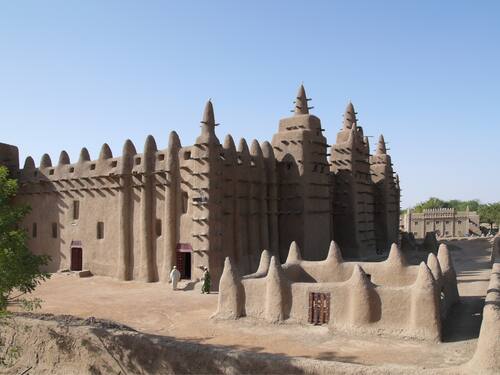
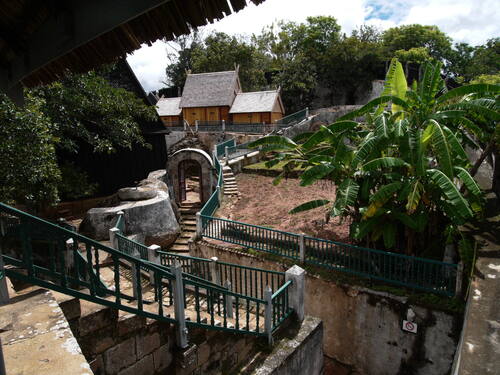

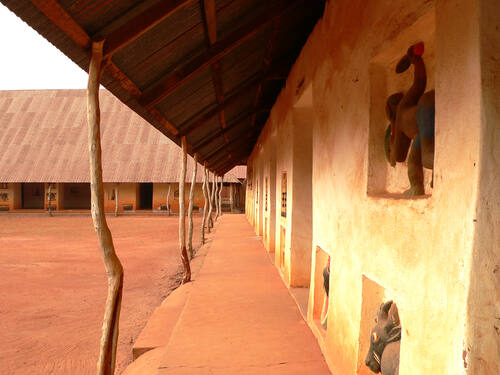
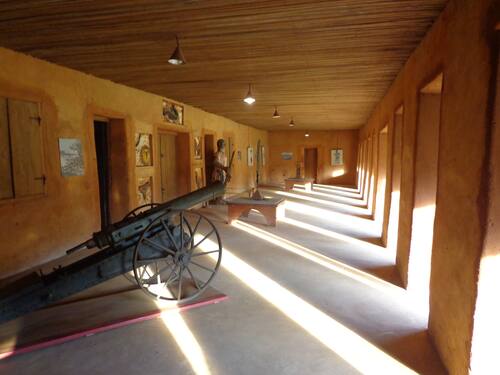



Leave a Reply